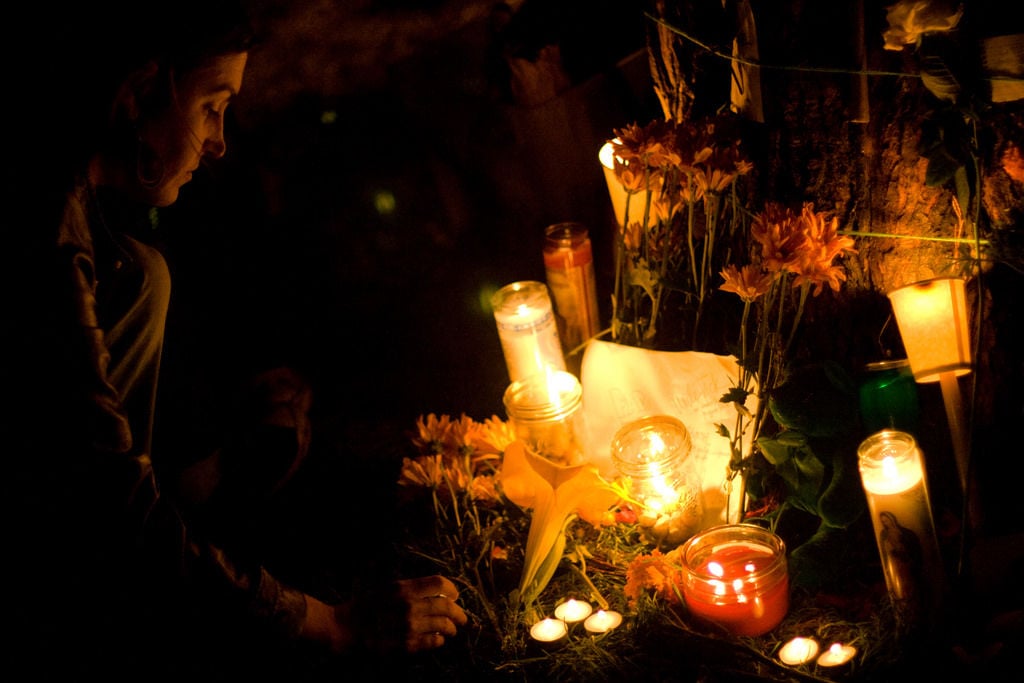
Death doesn’t have to necessarily be sad or scary. The holiday comes from a cultural point of view that sees death not as a finality but as moving on to the next stage. In 2017, “Coco” helped introduce a new generation to its tenets and symbolism. It’s enjoyed a resurgence in Southern California since the 1970s, when the artist group Self Help Graphics & Art organized a public celebration in Los Angeles. Today, Día de Muertos is celebrated by Mexican Catholics and many others in Mexico and the United States. Where: Hollywood Forever cemetery, 6000 Santa Monica Blvd., L.A. What: Altars, art, food, contests and more. 1 and 2 - which, not coincidentally, are All Saints’ Day and All Souls’ Day in Catholicism. And they did see death as sort of like the start of a new life or a new cycle,” said Angie Jimenez, the altar program director for the Día de los Muertos celebration at Hollywood Forever, which takes place Saturday.Ĭatholicism has a knack for absorbing holidays into its liturgical calendar - it’s how we ended up with Saturnalia trees at Christmas and rabbits and eggs at Easter - and something like that happened in Mexico with this holiday. “The Aztecs did honor the dead with celebrations and rituals during what was the harvest season. The holiday originated in Aztec culture before Spanish colonizers and the Roman Catholic Church arrived. But for many Southern Californians, it’s the season of Día de Muertos. The dominant one in America is Halloween. It’s not a coincidence that many cultures around the world have celebrations and ceremonies relating to death at this time of year. In spring, food is planted and animals are born in summer they grow, in fall comes the harvest, and in winter things are dead. The days are shorter, the air crisper, the leaves changing. Judges go house by house and elect the three most beautiful altars.Our seasons follow a cycle. In many towns, there are contests of ofrendas. Sugar skulls and clacas -skeletons are also included. Also with the petals, paths are set to guide the souls to the ofrenda. Sometimes a cross is made with petals of the cempasuchitl flower. It is important to mention that they will not eat the food, they only enjoy the aroma. Sometimes people place cigarettes or liquor if their dead relative enjoyed them when alive. Their preferred dishes are cooked for them and placed on the altar: mole, tamales, fruits, arroz rojo -red rice-, hot chocolate, and dried fruit. For the children, the family sets on the ofrenda little toys.įood is specially prepared for the souls. Pictures of the defunct are placed on the ofrenda, as well as some of their favorite clothing, perhaps a hat or a shawl.


Incense, Copal, is burned and thought to elevate prayers to God. Salt and water are also essential they are set to quench the thirst of the souls, tired from their long trip. The light of the candles also called ceras -waxes- symbolizes Jesus Christ Reborn and faith.įlowers, specially Cempasuchitl, adorn the ofrenda. Their light is thought to guide them on their way back. Generally, on the top level, the images of Saints and the Crucifix are set.įor each deceased relative, a candle is set. Several levels can be set on the ofrendas. Then the papel picado, cut tissue paper, is set over the cloth. The ofrenda is set on a table, covered with a fine tablecloth, preferably white. What are the most important elements of an Ofrenda? We must remember they are going to have very important “visitors”. Before setting an altar, they thoroughly clean their house.

O frendas are set up to remember and honor the memory of their ancestors. The vast majority of Mexicans are Christian Catholics, so they only worship God. Some people mistakenly think that Mexicans that set up Day of the Dead ofrendas for their defunct relatives are actually worshiping them.


 0 kommentar(er)
0 kommentar(er)
